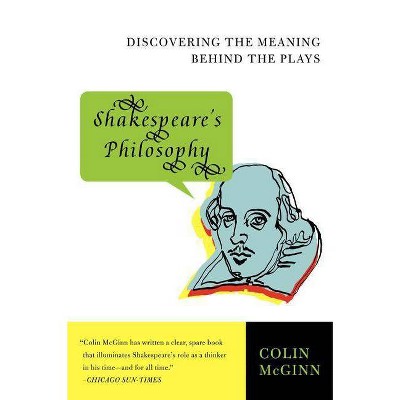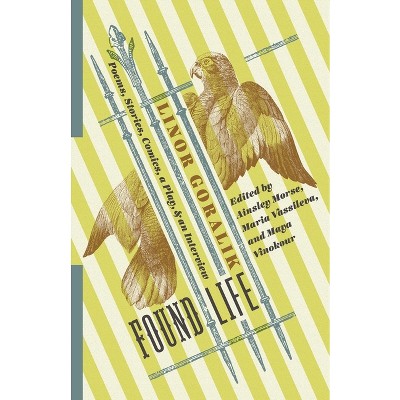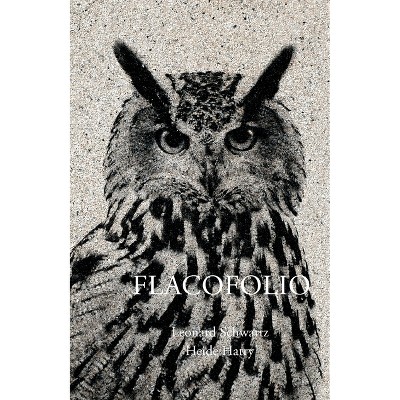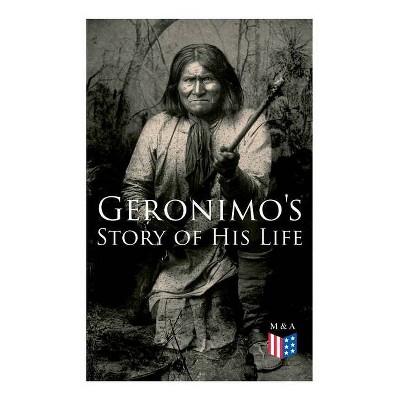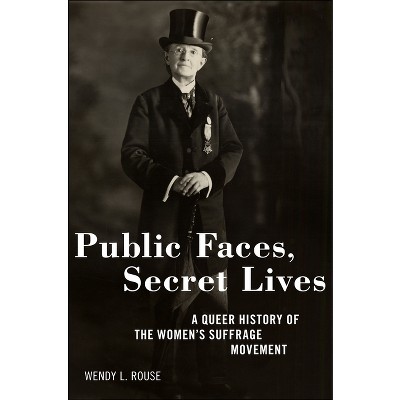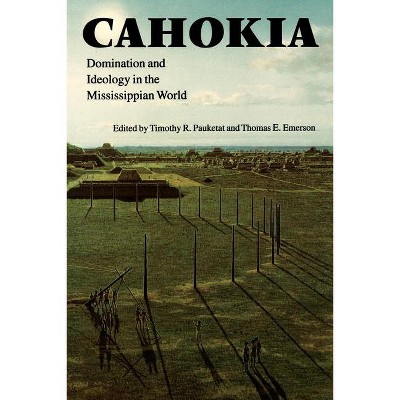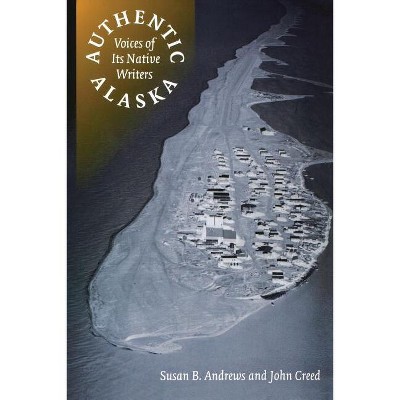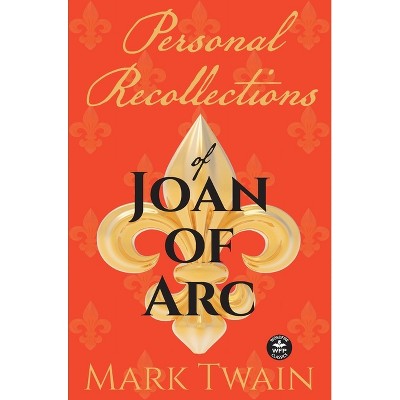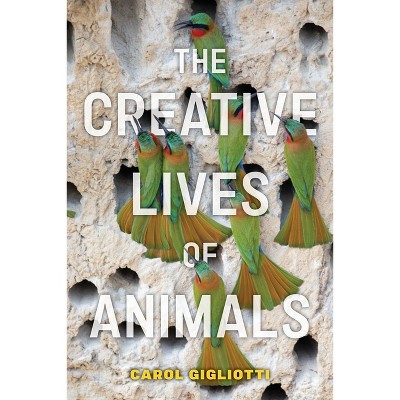Sponsored

Coral Lives - by Michele Currie Navakas (Paperback)
$39.95
In Stock
Eligible for registries and wish lists
Sponsored
About this item
Highlights
- A literary and cultural history of coral--as an essential element of the marine ecosystem, a personal ornament, a global commodity, and a powerful political metaphor Today, coral and the human-caused threats to coral reef ecosystems symbolize our ongoing planetary crisis.
- About the Author: Michele Currie Navakas is professor of English and an affiliate of the Institute for the Environment and Sustainability at Miami University of Ohio.
- 240 Pages
- Literary Criticism, American
Description
About the Book
"A literary and cultural history of coral -- as an essential element of the marine ecosystem, a personal ornament, a global commodity, and a powerful political metaphor"--Book Synopsis
A literary and cultural history of coral--as an essential element of the marine ecosystem, a personal ornament, a global commodity, and a powerful political metaphor
Today, coral and the human-caused threats to coral reef ecosystems symbolize our ongoing planetary crisis. In the nineteenth century, coral represented something else; as a recurring motif in American literature and culture, it shaped popular ideas about human society and politics. In Coral Lives, Michele Currie Navakas tells the story of coral as an essential element of the marine ecosystem, a cherished personal ornament, a global commodity, and a powerful political metaphor. Drawing on a wide range of sources, including works by such writers as Sarah Josepha Hale, Harriet Beecher Stowe, Frances Ellen Watkins Harper, and George Washington Cable, Navakas shows how coral once helped Americans to recognize both the potential and the limits of interdependence--to imagine that their society could grow, like a coral reef, by sustaining rather than displacing others. Navakas shows how coral became deeply entwined with the histories of slavery, wage labor, and women's reproductive and domestic work. If coral seemed to some nineteenth-century American writers to be a metaphor for a truly just collective society, it also showed them, by analogy, that society can seem most robust precisely when it is in fact most unfree for the laborers sustaining it. Navakas's trailblazing cultural history reveals that coral has long been conceptually indispensable to humans, and its loss is more than biological. Without it, we lose some of our most complex political imaginings, recognitions, reckonings, and longings.Review Quotes
"One virtue of Navakas's study is the careful assemblage of artistic representations, lyrical instances, and philosophical contradictions of coral across an archive. . . . Navakas's book is a strong contribution to the environmental humanities.""---Christopher Schaberg, Novel
"[Coral Lives'] rich and deep archive reorients our perspectives on particular objects and bodies circulating between water and land, to return to the image of coral fishers in the Mediterranean, and asks us to consider the cultural history of a taxonomically confusing, diverse entity now often used as an image of environmental harm and crisis, but once used as a figure for much more."---Melissa Gniadek, American Liteary History
"What makes Coral Lives a model of interdisciplinary humanities scholarship is that it opens entire worlds of political, historical, scientific, and literary analysis to scholars who might be approaching coral from any number of scholarly perspectives. . . . Ultimately, Navakas's study issues an impassioned and provocative case for why literary and humanistic study of the natural world remain indispensable."---RJ Boutelle, Early American Literature
"[Coral Lives] is valuable to anyone thinking about the intersections of natural history and social and political ideology."---Samantha Muka, H-Net Reviews
"Michele Currie Navakas gives a compelling and incisive literary and cultural history of the ways that American writers and thinkers turned to coral--a material that circulated widely in the nineteenth-century United States--as a model of and metaphor for political collectivity."---Leila Mansouri, Journal of the Early Republic
"A wonderfully interesting book, fresh and exciting, a tour de force that shows how history, art, politics and literature interweave with the natural history of these extraordinary organisms."---Janet Browne, Archives of Natural History
"An interdisciplinary history of discourse, with elements of natural science, political discourse, history of ideas, history of everyday life and material history. . . . Navakas writes a highly inclusive narrative, combining points of view from various social classes, races, genders, professions, and ages."---Pawel Stachura, European Journal of American Studies
"Solidifying her place as one of the more imaginative cultural historians working today, Michele Currie Navakas provides a living 'biography' of coral in nineteenth-century America. This remarkably researched and clearly written volume restores the place of these jewel-like habitats in the literary and popular imagination."---Thomas Hallock, Nineteenth-Century Literature
"Coral Lives takes an unexpected approach to the environmental humanities. It does not trace a genealogy of coral as a vanishing object reflecting increasing anthropogenic damage to the natural world; Instead, it recollects meanings that are all but lost to us today. But it is the potential inspiration that inheres in the act of recovering lost narratives that gives this book value in the current crisis."---Dana Luciano, ISLE: Interdisciplinary Studies in Literature and Environment
"Smart and fascinating. . . . To see coral through the eyes of the myriad sources brought together here is to be stunned by what we have lost, are losing--not merely coral itself, but our memory and knowledge of it, our relationship to the very past the coral lives of our ancestors built and bequeathed to us, trusting us to keep building, to keep alive, the surprises of life's ceaseless becomings."---Laura Dassow Walls, The Review of English Studies
"[An] eloquent book. . . . Navakas integrates so many sources so well and with such a sharp eye on the complexities of race, cultural patterns, and global subjects that this book will become a ready model for scholarship in the environmental humanities."---Katharine Anderson, H-Environment
About the Author
Michele Currie Navakas is professor of English and an affiliate of the Institute for the Environment and Sustainability at Miami University of Ohio. She is the author of Liquid Landscape: Geography and Settlement at the Edge of Early America.Dimensions (Overall): 9.21 Inches (H) x 6.06 Inches (W) x .55 Inches (D)
Weight: .88 Pounds
Suggested Age: 22 Years and Up
Sub-Genre: American
Genre: Literary Criticism
Number of Pages: 240
Publisher: Princeton University Press
Theme: General
Format: Paperback
Author: Michele Currie Navakas
Language: English
Street Date: July 11, 2023
TCIN: 1003275883
UPC: 9780691240091
Item Number (DPCI): 247-38-1842
Origin: Made in the USA or Imported
If the item details aren’t accurate or complete, we want to know about it.
Shipping details
Estimated ship dimensions: 0.55 inches length x 6.06 inches width x 9.21 inches height
Estimated ship weight: 0.88 pounds
We regret that this item cannot be shipped to PO Boxes.
This item cannot be shipped to the following locations: American Samoa (see also separate entry under AS), Guam (see also separate entry under GU), Northern Mariana Islands, Puerto Rico (see also separate entry under PR), United States Minor Outlying Islands, Virgin Islands, U.S., APO/FPO
Return details
This item can be returned to any Target store or Target.com.
This item must be returned within 90 days of the date it was purchased in store, shipped, delivered by a Shipt shopper, or made ready for pickup.
See the return policy for complete information.
Frequently bought together

$10.38 - $23.82
MSRP $18.00 - $38.00 Lower price on select items
Buy 1, get 1 50% off select books
4.6 out of 5 stars with 194 ratings
Trending Book Deals

Bestseller
$20.36
was $22.89 New lower price
Buy 1, get 1 50% off select books
4.4 out of 5 stars with 63 ratings
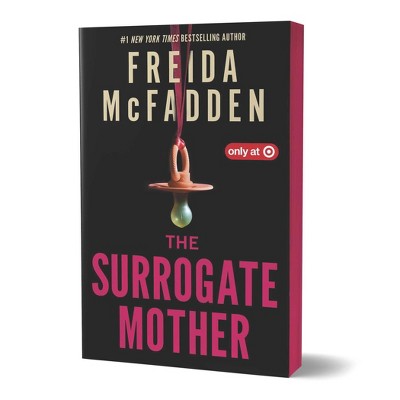

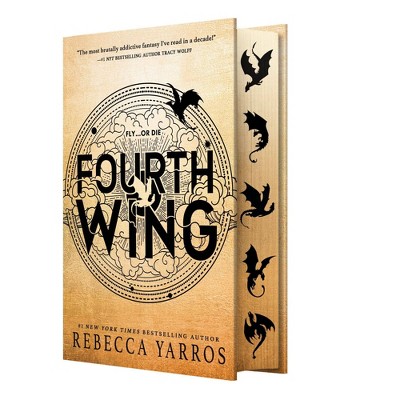
Highly rated
$19.66
was $23.09 New lower price
Buy 1, get 1 50% off select books
4.7 out of 5 stars with 50 ratings

Highly rated
$19.66
was $23.09 New lower price
Buy 1, get 1 50% off select books
4.5 out of 5 stars with 47 ratings

$9.85 - $23.88
MSRP $15.99 - $32.99
Buy 1, get 1 50% off select books
4.8 out of 5 stars with 153 ratings

